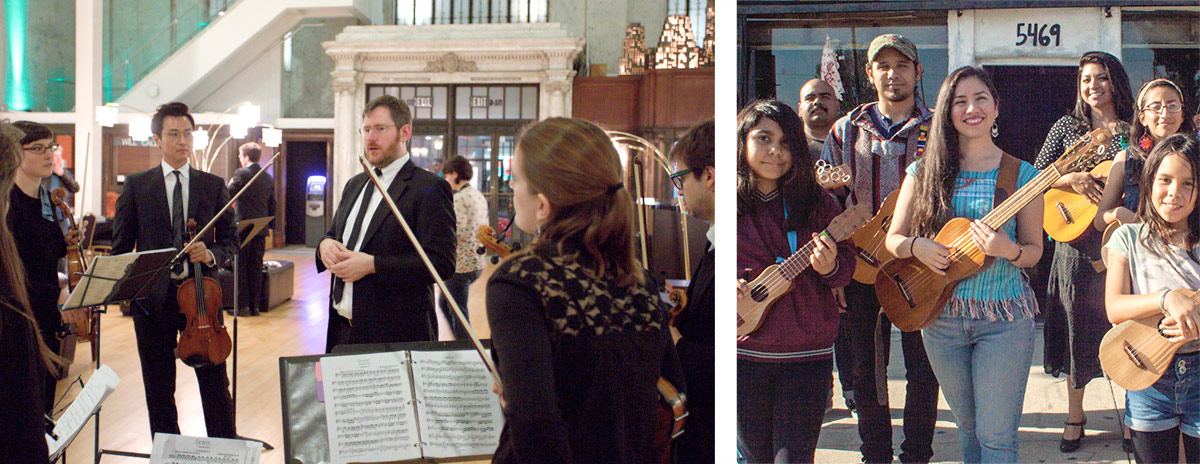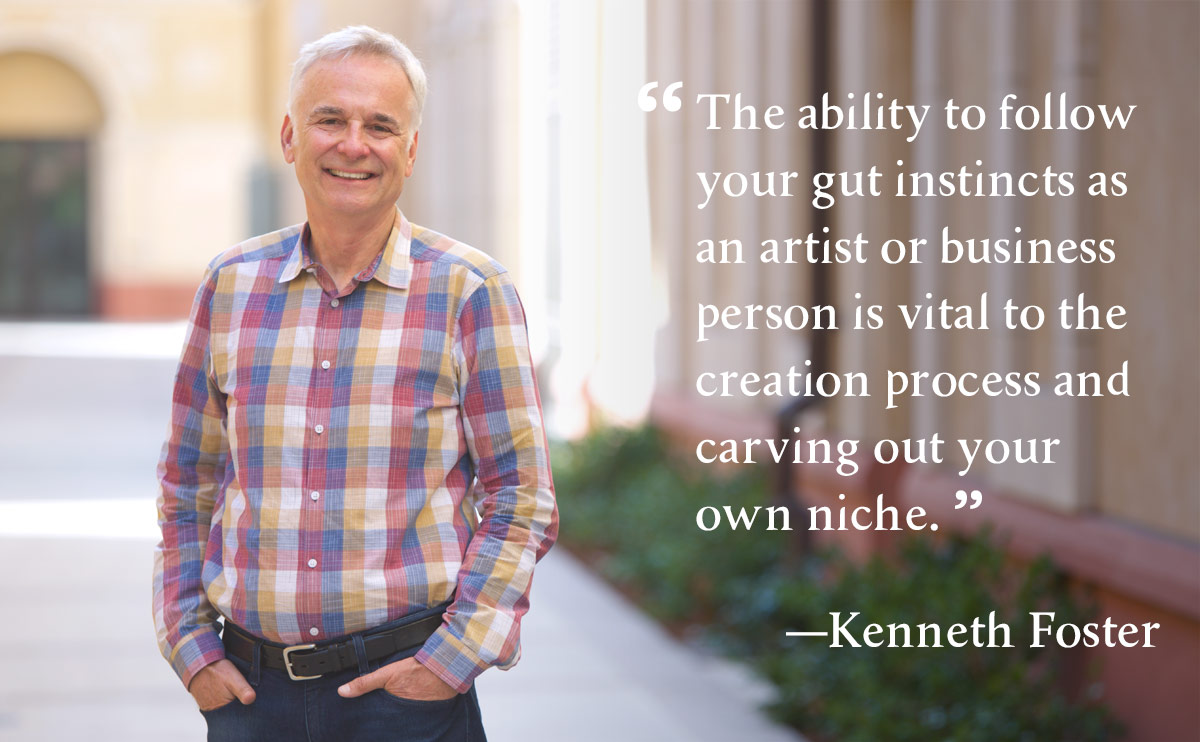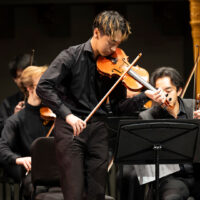
Arts Entrepreneurship: Where Art Meets StARTup
By Frank Farrar
Historically, there has always been an uneasy relationship between art, artists and the money required to produce art. Between the patronage of the king and court, government grants and corporate sponsorships, artists and arts organizations have not always meshed well—with the artist often being forced into the role of servant to the funding master.
But in today’s world, artists have the opportunity to change this model by applying their creative skills to grow from artist to arts entrepreneur.
Art Entrepreneurship
Classically-trained violinists, self-taught rock drummers, hip-hop beat masters, painters and poets know that art can consume one’s life. Learning to take an intelligent, innovative approach to the challenges and opportunities encountered as an artist in the 21st century – and to turn your passion into a sustainable livelihood—is at the heart of arts leadership and arts entrepreneurship.
As quoted in an article on the Artrepreneur website, creative development advisor and artist coach Marc Zegans says, “Continue to make art. Make your choice to be an artist unconditional. … Trust that if you’re willing to learn, to strive, to adapt, to add layer, variety, and depth to your creative identity, that you’ll find your way.” Those are words that define the artists and arts leaders of today’s world.

Arts Leadership
“Like the artist, the leader must draw on her or his unique personality, values and vision,” author Iris Lavy writes in her book Untitled: Art & Leadership.
Indeed, what makes artists and leaders stand out from the crowd is their ability to envision possibilities and make them happen—traits closely related to those of successful entrepreneurs. Thus came the birth of arts entrepreneurs.
“I worked for a decade in San Francisco surrounded by entrepreneurs of all types,” said Kenneth Foster, director of Arts Leadership at USC. “I learned to admire and respect their ambition and their drive. In turn, the entrepreneurs I worked with learned to admire and respect not just the innovative spirit of the artist but the artists drive to disrupt conventional ideas and thinking and to create an impact in the world. By integrating these impulses, as arts entrepreneurs, there is no end to the great work that artists can do.”

Left: Alumnus Benjamin Mitchell (GCRT ’17) launched the thriving Kaleidoscope Chamber Orchestra while an Arts Leadership student, while Angela Flores (right, GCRT ’16) used the program to support the innovative Eastside Café community project. (Photos by Dario Griffin and Michael Becerra)
Trish Duggan, an artist-entrepreneur (and billionaire philanthropist), also discussed the similar characteristics, needs and objectives found among great artists and great entrepreneurs in a piece for Entrepreneur.
Among her Top 10 characteristics of an artist-entrepreneur were:
- thinking outside of the box (or instrument case),
- possessing an unrelenting obsession with what they do,
- having a sense of purpose to affect another person, and
- cultivating a driving intuition
“The ability to follow your gut instincts as an artist or business person is vital to the creation process and carving out your own niche. Steve Jobs followed his instincts to create the iPhone and Michelangelo, forced to paint the Sistine Chapel, created what has amazed the world for five hundred years,” she said.
Advice for Artist-Entrepreneurs
The fact that technology has an irreversible impact on society—and the arts—is irrefutable. Venture capitalist and entrepreneur Victor W. Hwang spelled out what he called “The Seven Commandments of Silicon Valley” in an article for Forbes.
As artists, we read these and say, “Yes. That’s what artists do!” He said to:
- Embrace the dream
Laugh at no idea or offhandedly proposed quixotic quest, deplore any hint of fatalism. - Open as many doors as you can
Seek out and talk with a diverse mix of people, listen to them and value the different perspectives they offer. - Trust others, including strangers
While there may be an upfront cost in trusting strangers, the cost of the alternative is greater. - Experiment with others
Innovation inevitably involves improvement over time and perseverance. And the advice and feedback of others can be critical. - Be Fair
Fairness and mutually beneficial dealings aren’t always easy to come by – or common in the business world – but they incentivize people to work together and can lead to greater, repeated, long-term success. - Be Forgiving
As the saying goes, if at first you don’t succeed, you’re normal. “The expectation … is that there will be many ups and down, wrong turns, and false starts,” Hwang writes. “The key is to get up and try again.” - Pay it forward and everyone wins
Don’t do a favor with the expectation of an immediate payback, but the rising tide that comes with an ecosystem of positive, helpful mindsets and mutual success will lift everyone.
“Arts entrepreneurship doesn’t mean artists becoming businesspeople,” said Foster. “It means applying the creative process that is at the heart of your art-making to the challenges you will face in making your artistic idea become a reality.”
The Arts Leadership program at USC’s Thornton School of Music is designed for artists, arts administrators and cultural entrepreneurs who want to expand their personal vision of leadership, and create a life and career for themselves in the arts.
Multi-disciplinary and self-directed, USC Thornton’s Master of Science in Arts Leadership degree allows students to create highly individualized courses of study to meet their particular needs and aspirations. Click here to see if the program is right for you.




